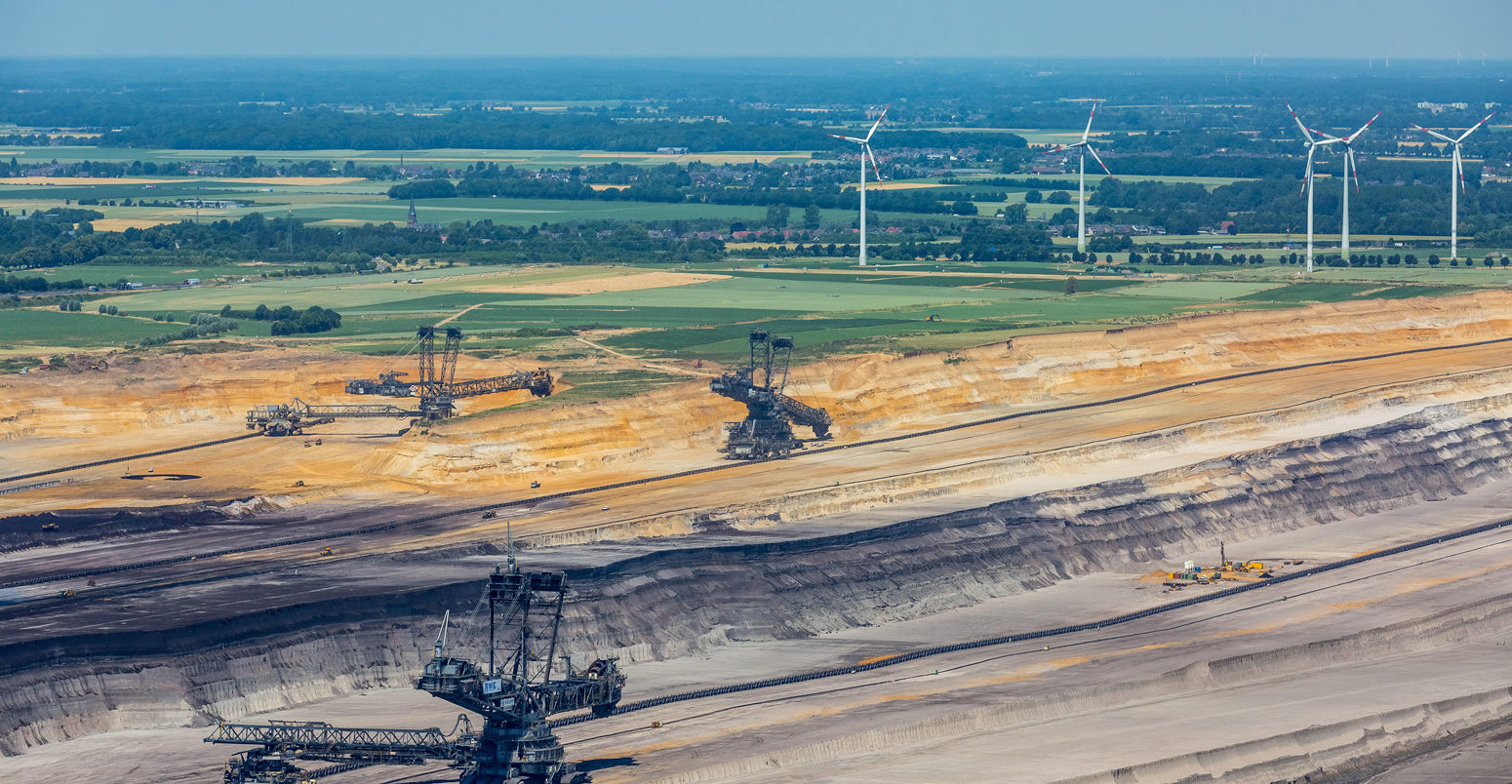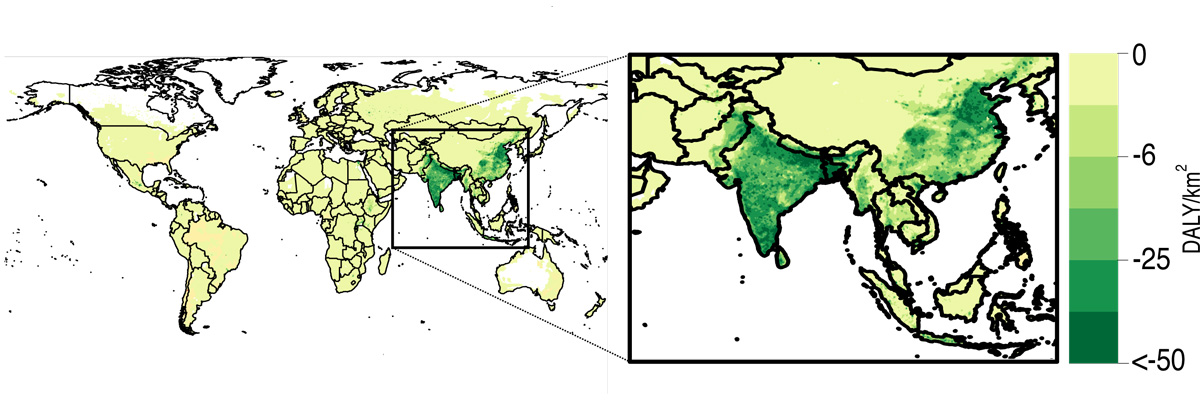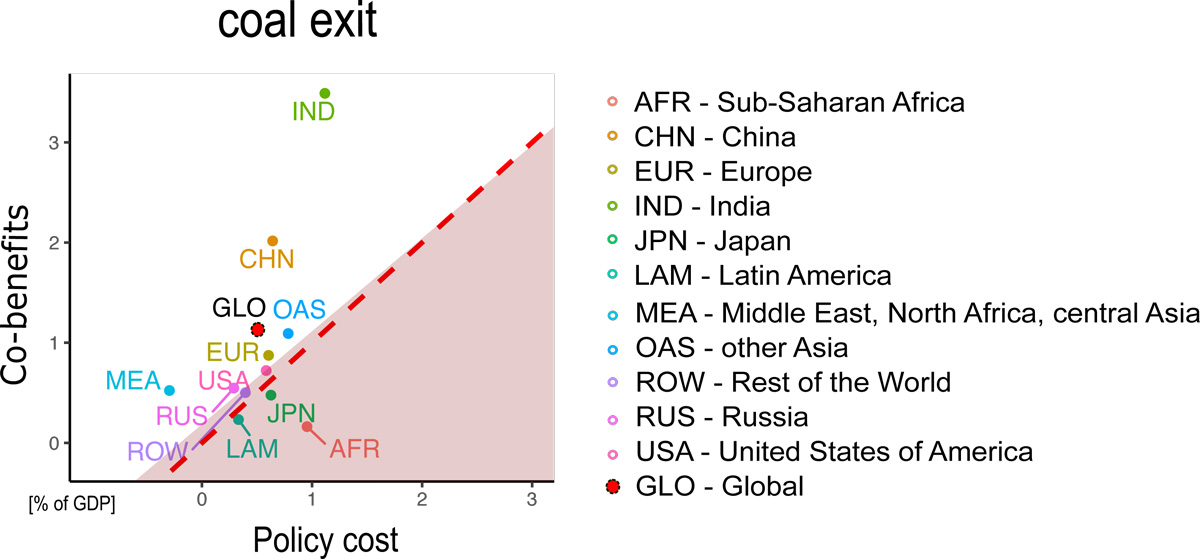
Guest post: Why coal phaseout is a ‘no-regret’ plan for tackling climate change

Sebastian Rauner
04.21.20
Sebastian Rauner
21.04.2020 | 12:58pmThe combustion of coal is the single most important source of climate-warming CO2 emissions. As a result, phasing out coal is one of the most commonly discussed ways to help combat climate change – particularly in Europe, but increasingly globally as well.
Yet, if we look at the research on the subject, it usually only focuses on the costs and benefits for the economy and the climate. But the impacts of the coal industry are much more far-reaching. These range from land-use-induced biodiversity loss to premature deaths caused by air pollution-induced respiratory disease.
In a recent study, published in Nature Climate Change, my co-authors and I not only analyse the implications of a coal phaseout on the economy and the climate, but also on the environment and public health.
Our findings suggest that, even when only accounting for domestic environmental effects and neglecting the global benefits from slowing climate change, the benefits of phasing out coal outweigh the economic costs. In this way, we show that coal phaseout should be considered as a “no-regret” policy option.
A ‘no-regret’ strategy
For our study, we use the integrated assessment model “REMIND” combined with a life-cycle based approach. This allows us to weigh up the environmental and public-health benefits of phasing out coal against the economic cost, which includes GDP loss and higher energy system investment cost. (The study’s supplementary information (pdf) includes a decomposition of costs.)
Integrating REMIND with the life-cycle approach allows accounting for substitution effects across regions, sectors and time. These effects encompass, for example, land-use impacts from bioenergy as a substitute for coal as well as economic benefits for oil exporting regions caused by rising prices.
The first stage of our study confirms that an accelerated global phaseout of coal can help to close the emissions gap between the 2C warming limit set out in the Paris Agreement and the current emissions cuts pledged by individual countries (known as nationally determined contributions, or NDCs).
The charts below show the impact that a coal phaseout would have on the emissions gap for India (left), China (middle) and the world as a whole (right). The blue lines show the emissions pathway under the NDC and the dark pink lines show the additional emissions cuts from a coal phaseout. (The yellow lines show a pathway compliant with a 2C world.)
Phasing out coal closes the emissions gap to 2C by about half on a global level and by about 80-90% for the key countries China and India over the decade to 2030.

Next, we focus on the impacts of the coal phaseout on the environment and public health, looking at the whole lifecycle of the energy sector. For coal, this includes mining, transportation and combustion.
The effects on non-climate environmental and human health impacts are analysed by a dual approach. Air pollution – the most significant impact of coal on human health – is represented from emissions through to concentrations in the air and its nonlinear, disease-specific impacts. Other human health and ecosystems damage impact channels are based on the life-cycle-assessment ReCiPe methodology.
Here, we show that phasing out coal yields substantial environmental and public-health benefits. The majority comes from reduced air pollution-related mortality, with about 1.5 million avoided premature deaths in 2050.
This is equivalent to around 40 million “Disability Adjusted Life Years” (DALY), which is a measure of overall disease burden, expressed as the number of years lost due to ill health.
The map below shows the air pollution-related health benefits of coal phaseout when compared to the reference scenario of no climate policies (by 2050). The darker the green shading, the greater the benefits for health. The box shows these benefits are greatest for much of Asia, where coal power is concentrated.

Spatial distribution of air pollution-related health benefits as the difference of million disability adjusted life years (DALY) between the coal exit and the Reference scenario in 2050. Source: Rauner et al. (2020)
Overall, subtracting the economic cost of phasing-out coal from these benefits results in a net positive for society.
You can see this in the chart below, which shows the economic costs of the coal phaseout (x-axis) against the co-benefits (y-axis). Any country or region to the left of the red dotted line would see an overall net benefit of the coal phaseout. Remember, this does not include the benefits of slowing climate change, just the wider environmental and public health gains.
Here we see that the economic cost of phasing out coal – equivalent to around 1.5% of global economic output in 2050 – is exceeded by the co-benefits on a global level (red dot on chart).

Regional analysis of environmental and public health co-benefits and direct policy cost relative to annual GDP discounted until 2050. Source: Rauner et al. (2020)
The vast majority of regions would also see a net benefit. Under the assumptions we used in our analysis, three regions would face economic costs from a coal phaseout that are higher than the environmental and public health gains. These are Japan, Latin America and Africa – though notably only South Africa has significant levels of coal power capacity and exports.
One reason for seeing net costs is that these regions already have relatively good air quality on average, meaning the health benefits of lower coal pollution would be more limited.
Tackling the tragedy of the commons
A major challenge of climate policy is that every tonne of CO2 that ends up in the atmosphere is the same, no matter where it was emitted. This is one reason climate negotiations are so difficult, as those contributing little to climate protection are able to freeride on the efforts of others.
As an example, imagine the kitchen in a shared flat. Those who take care of its cleanliness put in the effort and receive the reward of a clean kitchen. But flatmates who do not contribute still get to use the clean kitchen. Therefore, in objective terms, there is a greater incentive not to put in the effort. In economics, this is known as the “tragedy of the commons”.
For climate change mitigation, considering the wider benefits can help to solve this problem. This is because – unlike CO2 emissions – the positive effects on the environment and health of a coal phaseout are mostly immediate and local. This makes them politically attractive.
In particular for the world’s largest CO2 emitters of China, India, Europe and the US, the domestic economic environmental and health benefits exceed direct policy cost, thus creating an incentive to act even if others do not. Indeed, air quality problems, rather than climate change, have already been the major driver of efforts to regulate coal in these and many other countries.
This national self-interest makes coal phaseout policies potentially more appealing for countries as they consider how to update their NDCs this year, as expected under the Paris Agreement.
Overcoming the political economy of coal
Coal is a cheap energy source, at least when neglecting environmental and public-health impacts. However, this is not the only reason why phasing-out coal is proving to be a hard nut to crack.
Political economy factors play a key role in many countries, such as dysfunctional governments, vested intersects of (often state-owned) power companies, distributional (equity) effects and the difficulties of enforcing the polluter-pays principle caused by complex emission–impact relationships.
The local nature of co-benefits and the identification of phasing-out as a robust “no-regret” strategy can support the call of national, regional and local groups – such as Fridays for Future – to introduce or strengthen coal phaseout policies, an important part of the puzzle to overcome these issues.
However, it is worth noting that although phasing-out coal is a no-regret strategy, it gets us only half way towards a 2C pathway and must then be quickly followed by other climate policies to avoid locking-inreliance on oil and gas.
Therefore, a holistic response to the climate and environmental crisis will eventually have to achieve almost full-scale decarbonisation of electricity supplies. This will mean rapid reductions in not just coal, but also oil and gas, as well as reducing non-electric energy demands in transportation, buildings and industry sectors.
Rauner, S., Bauer, N., Dirnaichner, A. et al. 2020. Coal-exit health and environmental damage reductions outweigh economic impacts. Nature Climate Change, doi:10.1038/s41558-020-0728-x
-
Guest post: Why coal phaseout is a ‘no-regret’ plan for tackling climate change

